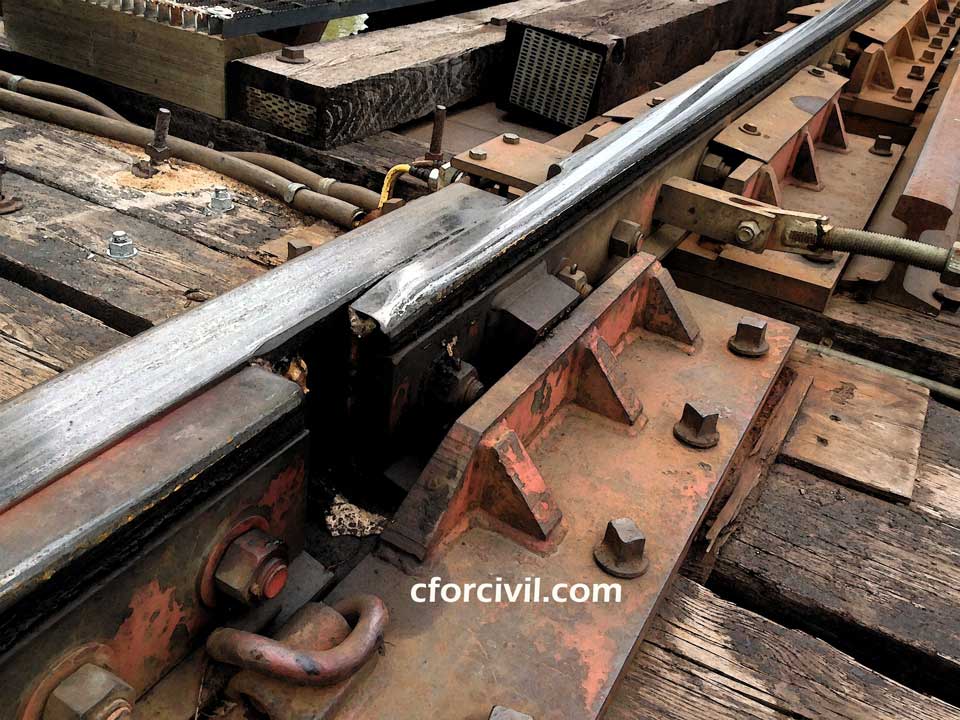
Wooden sleepers in Railway Tracks plays a major role. It is the best. And it satisfies all the needs of a sleeper. In the Railway bridges, the railway rail tracks are of timber sleepers. It is because of its less weight, high load carrying capacity and its ability to absorb shocks and vibrations. The lifetime of wooden sleepers depends upon the ability to resist all chemical, physical and mechanical deformations.

The chemical deformations are damages because of the chemical attacks in woods, like efflorescences.

The physical deformations are because of the insect attacks like termites, white ants, decay, etc.

The mechanical deformations are the damages by the abrasions and wear & tear because of heavy moving loads in high-speed tracks.

1. Specifications of the wooden sleepers
It should be free from cracks, and other defects.
It should sound through.
And should be straight without curves.
It should saw parallel on the top and bottom faces.
Edges are of a square shape.

2. Advantages of the Timber sleepers
Timber sleepers are easily available.
It is easy to lay and construct a railway rail track.
Lightweight material.
Having a high load carrying capacity.
High tendency to absorb shocks and vibrations.
Having simple and easy fittings.

Easy to maintain and repair tracks.
Low maintenance cost.
Highly economic.
Gives less noisy track.
Require fewer fittings and simple design.
Withstands wear and tear due to heavy moving loads.
3. Disadvantages of the Timber sleepers
Gets easily attack by termites, white ants, insects.
Difficult to maintain the gauge of rails.
Difficult to maintain track alignment.
Less lifetime compares to other sleepers types.
wooden Sleepers are the old traditional material used in the construction of railway track sleepers. It satisfies all needs of a good sleeper. The life of wooden sleepers depends on many facts like wear and tear, decay, and attack by termites, etc. And because of a high scarcity of wooden sleepers, it is replacing with the metal and concrete sleepers.


Leave a Reply